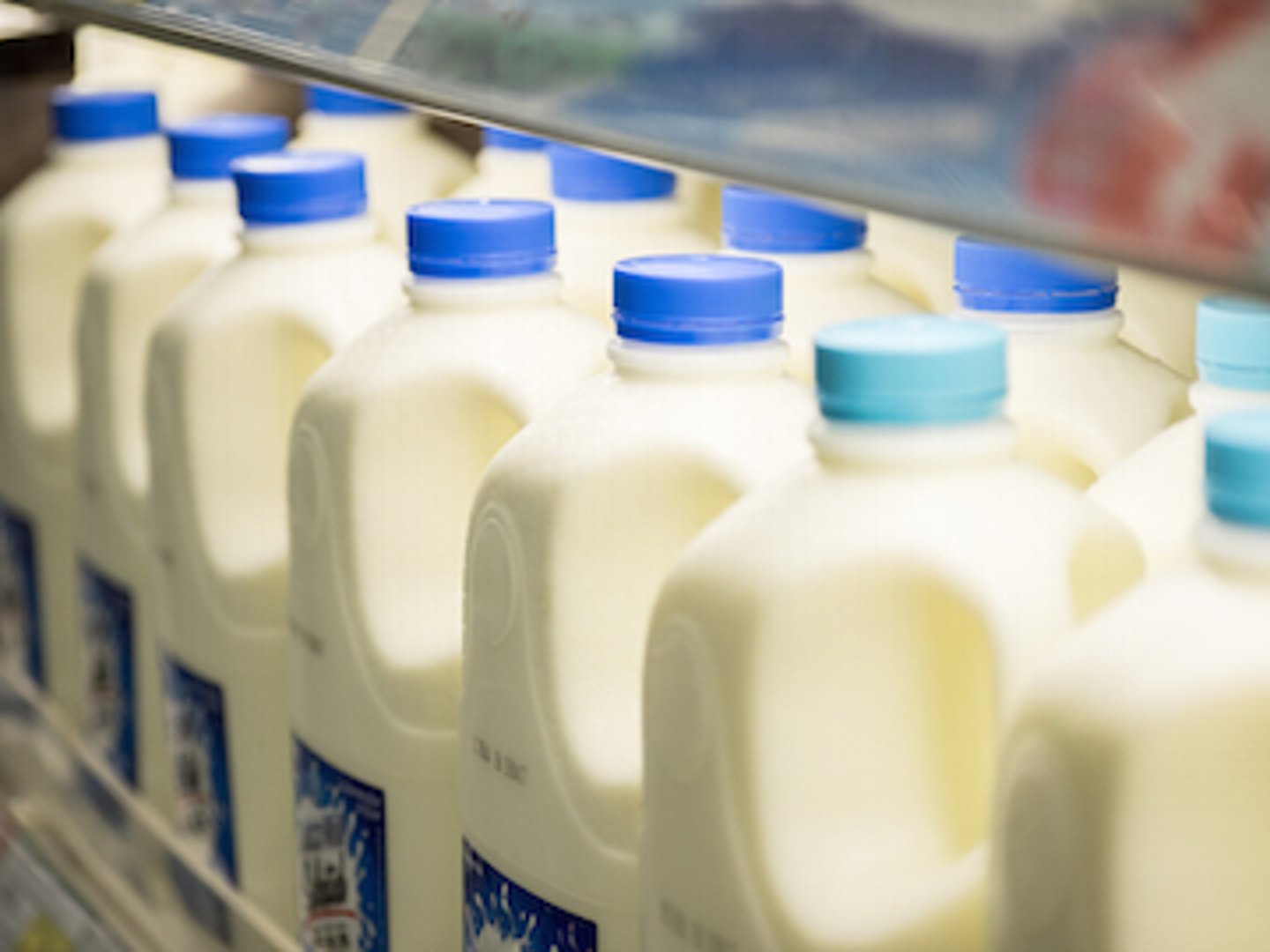Canadian milk prices on the rise: Study
Retail milk prices are up almost across the country since last summer, thanks to production cost increases introduced in February, according to a new report from Field Agent.
The Fluid Milk Report tracks prices on 2% milk in markets across the country. On average, the price for four litres of 2% milk went up 3.1% since last June when the study was last published, and increased in 17 of 19 markets.
The main reason for the 3.1% increase was a 1.93% increase in the farm gate price that took effect on Feb. 1, said Jeff Doucette, general manager for Field Agent Canada.
The farm gate price is determined by the Canadian Dairy Commission, using a formula that takes into account production cost increases at the farm level, while still ensuring farmers make a profit. The farm gate increase was the “trigger” for a shelf price increase, said Doucette.
“It seems like processors and retailers have taken the opportunity to increase margins in this notoriously low margin business when they set the new price after Feb. 1,” said Doucette. “They added the farm gate increase plus a profit increase for the processors and/or retailers.”
In 14 markets Field Agency surveyed, the shelf price increase was greater than that taken by the farmers. “In Calgary, the average cost of four litres of 2% milk has gone up by 8.3% since June, more than four times the farm gate increase.”
The least expensive milk in Canada was at several Costco stores in Ontario where four litres of 2% sold for $4.45 (about $1.11/litre).
The most expensive milk was in Mac’s stores in Western Canada (B.C., Alberta, Saskatchewan and Manitoba) where two litres of 2% went for $5.29 ($2.65/litre).
The city with the cheapest milk is Sudbury it costs, on average, $1.13/litre and the city with the most expensive milk is Charlottetown with an average price of $1.74/litre.
The main reason for the widely different prices is the trade barriers between provinces and quota systems set by the provinces, said Doucette.
In smaller provinces, smaller farms and processing plants mean higher costs of production that are passed along to the consumer. “Compare this to Ontario which has bigger farms, more efficient processing and a larger population resulting in the lowest milk prices.”
To bring down costs in more expensive provinces it would take a national farm gate price, “squeezing out inefficient smaller farms,” said Doucette. Milk could be processed in more efficient plants in Ontario and Quebec and be shipped anywhere in the country. “

